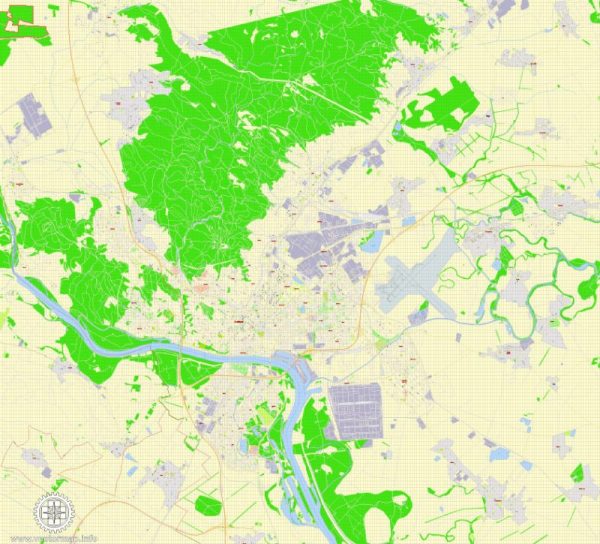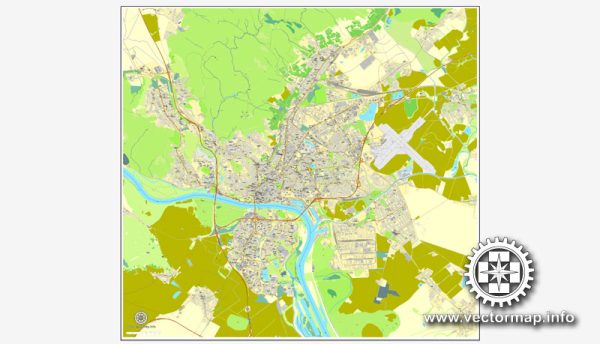The history of urban development in Bratislava, the capital of Slovakia, is a rich and complex story that spans over a thousand years. The city has seen numerous changes in its political, cultural, and architectural landscape, which have left their mark on its development. Here’s a brief overview of Bratislava’s urban development history:
- Early Settlements: The area around present-day Bratislava has been inhabited since the Neolithic era, and the city’s location along the banks of the Danube River made it an attractive place for early settlers. Celtic and Roman influences are evident in the region’s history.
- Medieval Era: Bratislava’s history is closely tied to its strategic location at the crossroads of trade routes, and it was a significant trading and administrative center during the Middle Ages. It was known by various names, including Pressburg (in German) and Pozsony (in Hungarian), reflecting the city’s multicultural nature.
- Habsburg Rule: In the 16th century, Bratislava became the capital of the Kingdom of Hungary under Habsburg rule, and it remained an important administrative and cultural center within the Habsburg Empire. Many impressive Baroque buildings, such as the Grassalkovich Palace and the Primate’s Palace, were constructed during this period.
- 19th and 20th Centuries: The 19th century brought significant changes to Bratislava, as industrialization and the expansion of the railway network played a crucial role in its development. The city’s population grew, and new districts and suburbs emerged. During the 20th century, the city saw the rise and fall of various political regimes, including the establishment of Czechoslovakia in 1918 and the subsequent separation of Slovakia from the Czech Republic in 1993.
- Post-Communist Era: The end of communism in 1989 and the dissolution of Czechoslovakia in 1993 had a profound impact on Bratislava’s urban development. As the capital of the newly independent Slovakia, the city experienced economic growth, increased foreign investment, and modernization. This period saw the construction of new infrastructure, shopping centers, and residential areas.
- Contemporary Development: In the 21st century, Bratislava has continued to evolve as a dynamic European capital. It has seen an expansion of its public transportation network, development of modern architecture, and the preservation and restoration of historical sites. The city’s rich history is evident in its well-preserved old town, historic landmarks, and a diverse architectural landscape.
Today, Bratislava is a vibrant city that reflects its history as a multicultural and multi-ethnic hub. Its urban development has been influenced by various historical periods and political changes, resulting in a unique and diverse cityscape that blends the old with the new. Bratislava’s history and heritage continue to be a significant aspect of its appeal to visitors and residents alike.



 Author: Kirill Shrayber, Ph.D.
Author: Kirill Shrayber, Ph.D.